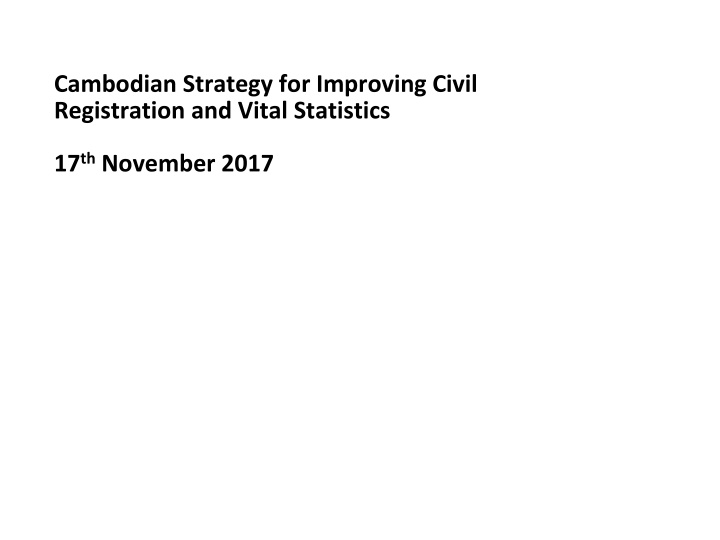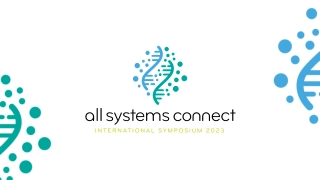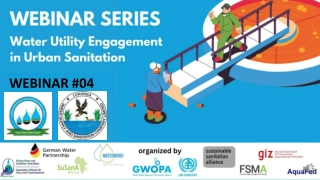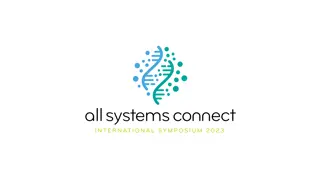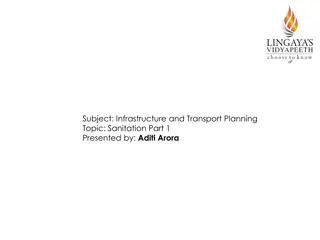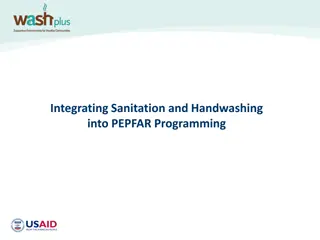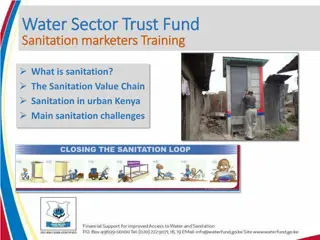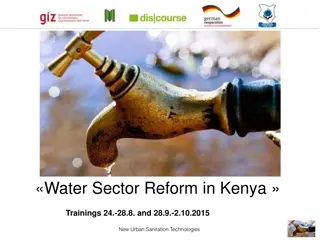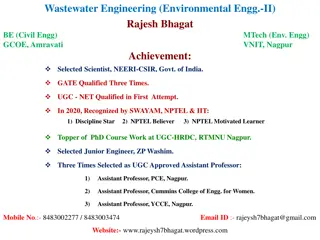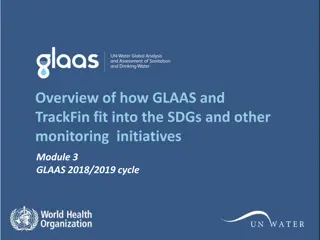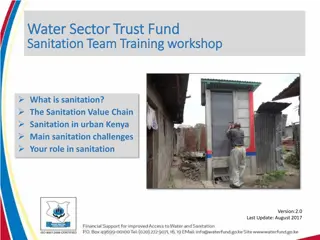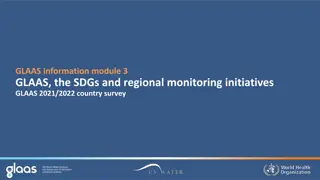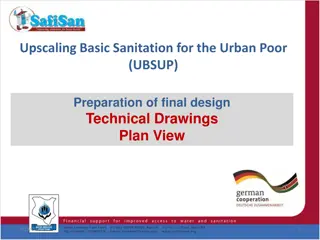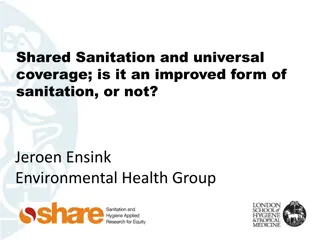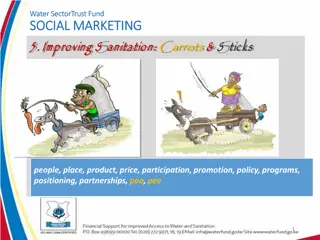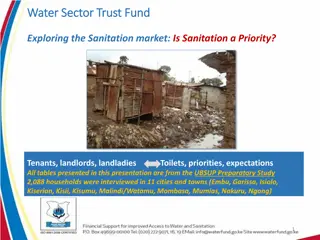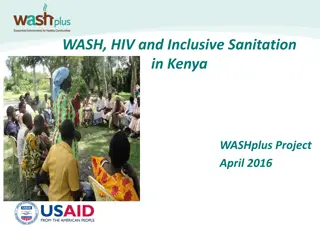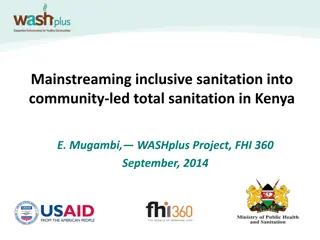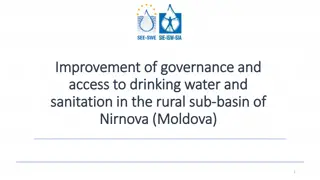Sanitation Team Business Model Overview
The Sanitation Team, a group of entrepreneurs providing sanitation services, is a key stakeholder in completing the sanitation value chain. They offer emptying, transportation, reuse, disposal services, and more. This model emphasizes their role in various components, customer segments, and value propositions. Explore how they operate as a business, target customers like SafiSan UDDT owners, wet toilet owners, and the delivery of professional services under a legalized framework.
Download Presentation

Please find below an Image/Link to download the presentation.
The content on the website is provided AS IS for your information and personal use only. It may not be sold, licensed, or shared on other websites without obtaining consent from the author.If you encounter any issues during the download, it is possible that the publisher has removed the file from their server.
You are allowed to download the files provided on this website for personal or commercial use, subject to the condition that they are used lawfully. All files are the property of their respective owners.
The content on the website is provided AS IS for your information and personal use only. It may not be sold, licensed, or shared on other websites without obtaining consent from the author.
E N D
Presentation Transcript
Cambodian Strategy for Improving Civil Registration and Vital Statistics 17thNovember 2017
Agenda 1 Our Major Issues of CR&VS 2 Data Quality Assessment 3 Our Efforts 4 Core Topics Need to be Collected 5 Identify SDG indictors relevant for CRVS Program Strategy and Implementation Plan
Our major issues of CR Remain paper-based and no connection with orther ID system Absence of comprehensive CRVS and Identification Law & outdated of laws and regulations Failure to capture all information on birth and death & barriers to resistraion Limited demand on the use of certificate Limited finacial resources and capabilities of national and local level Registration is depened on the applicants visit commune office Notification from health centers depending on parent interest & poor follow up from health facilities on vital event registration Lack of effective collaboration between health centers and local registrar Limited capacity of local registrar and under staffs No effective tools to validate & verify information lead to issue duplicated certificates
Our major issues of VS Lack of knowledge on Vital Statistic and limited demand CR data recorded in the registration books that cannot be used as data sources to compile and generate statistics NIS is not able to produce Tabulation Table Limited understanding of the statistical function of civil registration system NIS produces Yearbook base only on census and survey No clear over the meaning of Notification, Registration and Certification Cause of death record by local registrar without medical certification Too many homegrown systems in health sectors Data management, analytical capacities and skills are very poor Poor presentation of statistical data Inadequate interaction between NIS and user of vital statistic
Data Quality Assessment GDI fails to conduct CR data quality assessment Limited skill on data quality assessment Census and survey conducts for population statistic purposes Commit to conduct data quality assessment as recommend by green book
Our efforts UN SDG 16.9 OBJECTIVES Provide legal identity for all, including birth registration by 2030 Make everyone count 1 2 3 4 5 CRVS regional action framework was published National Strategic Plan of Identification was published. NSPI Implementation Plan finalized and summiting for endorsement by National Steering Committee Selecting Service Provider Implementation Building Integrated Platform for CRVS & ID Management System Program Strategy and Implementation Plan
Our efforts Phase 3 Phase 2 Build IPIS service ecosystem for public & private sector Build IPIS interfaces with other Government department systems Phase 1 Build Residential system Build Nationality system Build interfaces between IPIS, Residential, Nationality & Passport systems Build IPIS Build CRVS Build interface to link with PMRS Build interfaces between IPIS, CRVS & Khmer ID Program Strategy and Implementation Plan
Our efforts Role of National Steering Committee (twice regular meeting) Technical working group (regular quarter meeting) Implement the NSPI Implementation Plan Review and develop enabling legal frameworks for CRVS and Identification Build Integrate Platform for CRVS & ID Management System and link to PMRS (health) and interfaces to connect with other public and private sectors.
Core topics need to be collected Live Birth: Collect primary characteristic of event ( ) Death: Collect primary characteristic of event ( ) Marriage: Collect primary characteristic of event ( ) Divorce: Collect primary characteristic of event ( )
SDG indicators relevant for RVS Direct indicators: All (6) Indirect and Direct indicators: 3.4.1, 3.4.2, 3.6.1, 3.7.2, 16.9.1,
